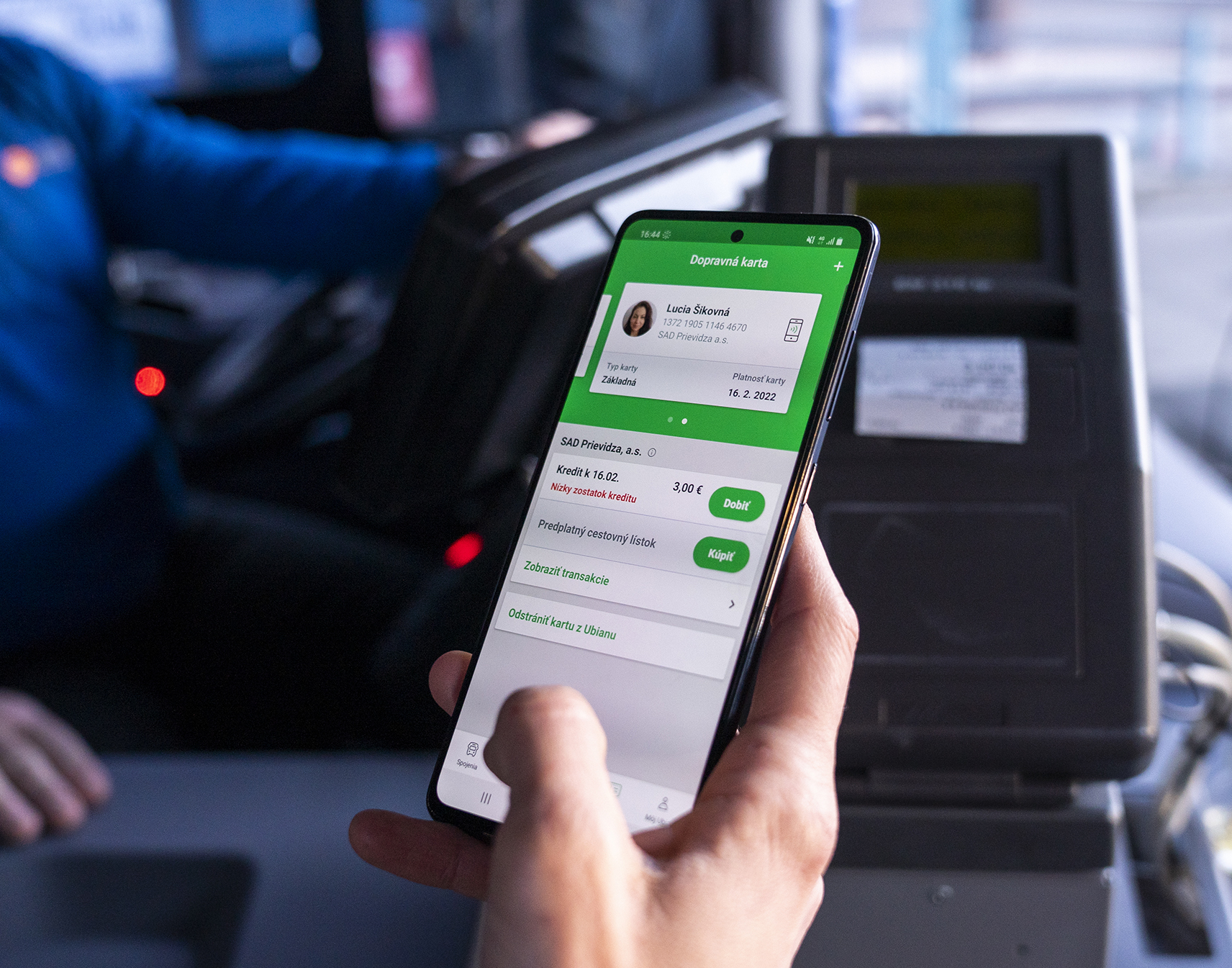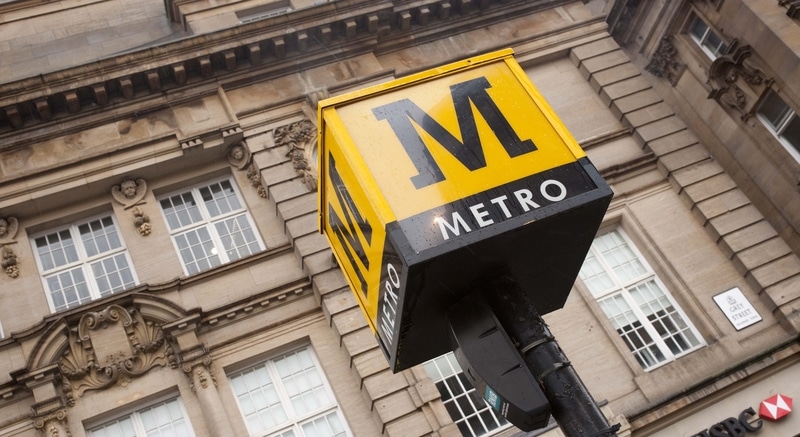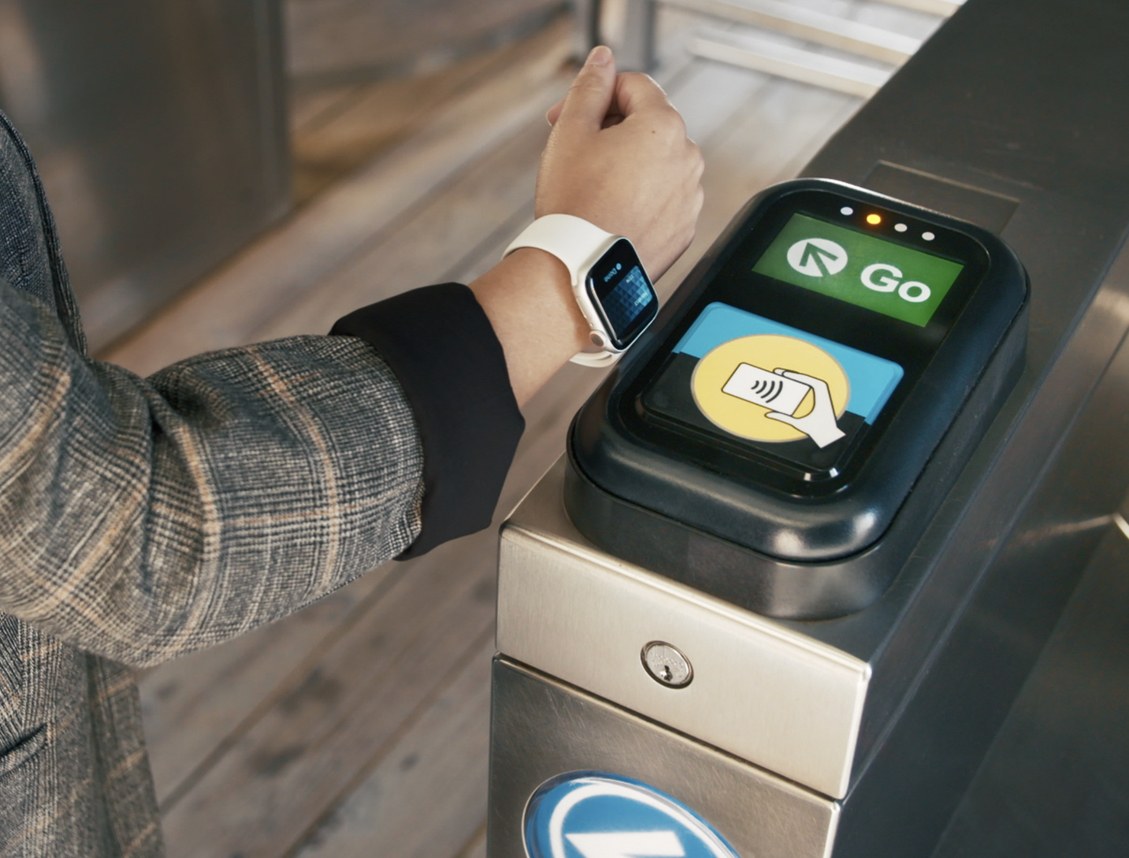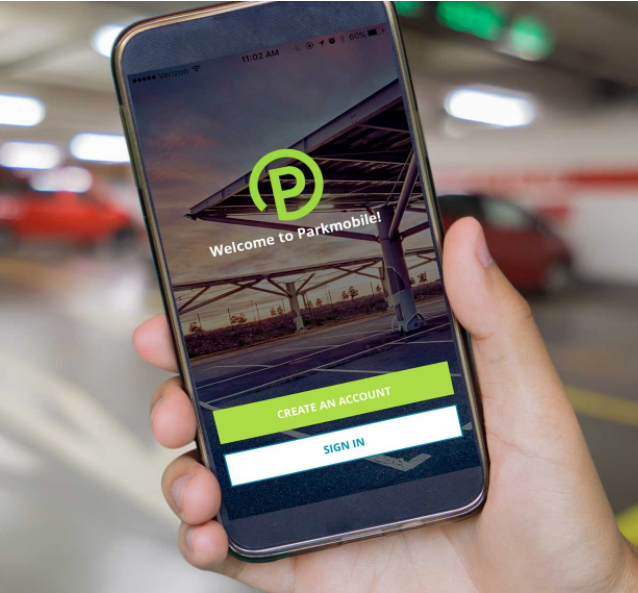
Article Highlights
Arriva Liorbus and SAD Prievidza both introduced the virtual Mifare-based cards to customers in the spring. Compared with transit agencies serving such major cities as San Francisco; Washington, D.C.; and Melbourne, Australia; the two bus operators in Slovakia show how smaller agencies also can put their cards into Google’s NFC wallet.
• Table: Major pays wallets and closed-loop cards
• SAD Prievidza
• Arriva Liorbus
• NXP Semiconductors
• Google
Two mid-tier bus operators in Slovakia are among the latest to enable their customers to tap virtual closed-loop transit cards in Google Pay to pay fares, using a provisioning service from NXP Semiconductors.





















